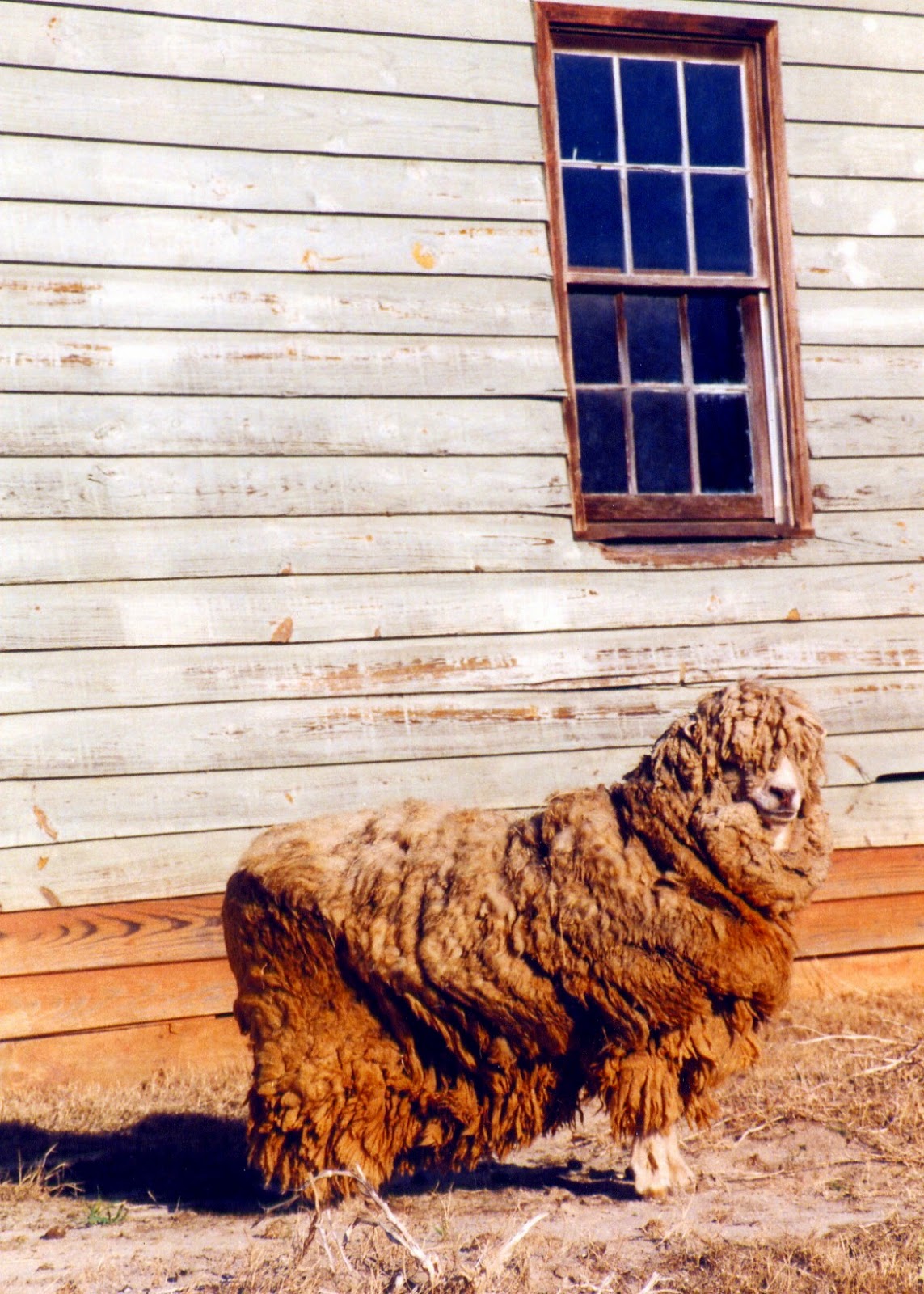The Myth of Stasis: why we can't go back to our agrarian roots... and why we absolutely have to try.
I really like Amish people. It's not just the happenin' beards and the really tasty ice cream, though. As a non-practicing Luddite with pronounced technophobic proclivities, it makes me happy to know there are people out there who willingly choose to use less technology than is available to them. I wish, oh how I wish that I could live more au natural, like the Amish.
My troubles start when I think of all the technological advances and processes I rely on, just to stay alive. The Industrial and Technological Revolutions have stripped me of any real, basic survival skills. To get to work, I drive a car I didn't make and don't know how to maintain on roads derived from petrochemicals sucked from the ground an ocean away, and then use the green paper rectangles they give me to buy food from God-knows-where out of a gaudy, overly-lit box store. The list goes on and on.
I can't go back, though, and it's not just because I'm lazy, selfish and under-motivated. It is also because of that pesky truism about change, that it is the only constant we can count on. Stasis is a myth. There was never a time when people were not changing the way they did things, and even in the idyllic, agrarian societies of the past, folks were perpetually coming up with new ways to do things. Faced by a world where entropy rules the day, humans have long since acknowledged that to stay the same is to die - that life demands adaptation.
The problem, as I see it, is not change. Change is inevitable, and it is foolish to yearn for a past that cannot be reclaimed. The problem is that the changes wrought by technology and industry attained a sort of critical mass where exponential growth became an end unto itself, based on the amoral criterion of the bottom line. As the Almighty Greenback became our Divinity, humans and their best interests gradually disappeared from the equation. Eventually, we developed corporate amnesia, forgetting how completely tied we are to the health of the earth beneath our feet.
Stasis is a very popular myth. It gives us a solid, secure feeling to think that change is slow, and disconnected for the most part from our personal choices. It is easy to forget that we are changing right now - faster, even, than ever before. Our challenge is not, then, to diminish or slow change, but to direct it.
I am not an economics professor, and I don't have the drive or the wherewithal to re-direct the selfish, greedy, destructive tendancies of the masses. I can't go back. I don't have the land or knowledge to do it without ending up as worm food. I can't, so I don't.
What I can do is seek to direct my own change, to move myself away from the unthinking resource-consumptiveness of my culture. I can recycle, turn the lights off, and buy organic. I can take ecological costs into account whenever I pull out my wallet, and I can refuse to buy unecessary products when I know that they or their packaging are just going to end up in a landfill.
I'm not an idiot. I know that all these tiny choices are laughable if they are intended to offset the effects of, say, some idiot company blithely fracking away the health of the groundwater of a region so some oil company executive can buy another Maserati. For all I know, that executive probably recycles, too.
It might not change much, but I'll tell you what it does change - me - and change always starts from the inside. We, the masses, have made this bed... and we can re-make it, too. One beard at a time.
---
Article first published as The Myth of Stasis on Blogcritics.






Hi, I am from Australia.
ReplyDeleteYes we really are caught between a rock and a hard place.
Please check out these references which relate to this topic, and Art too.
http://www.dabase.org/restsacr.htm
http://www.dabase.org/coopcomm.htm
http://www.fearnomorezoo.org
http://www.rawgorilla.org
http://www.adidam.org/teaching/aletheon/truth-life.aspx
On Sacred Art
http://www.aboutadidam.org/readings/art_is_love/index.html
http://www.adidaupclose.org/Art_and_Photography/rebirth_of_sacred_art.html